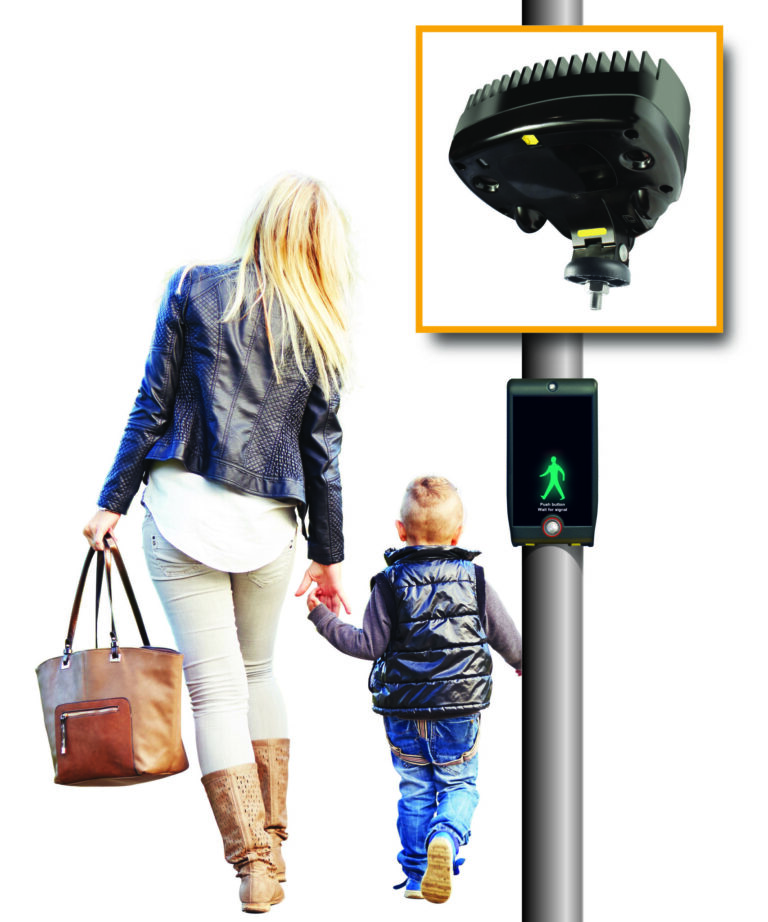The rise of the smart city and deviation from personal vehicles within cities means that more people are turning to walking and cycling. Due to this, pedestrian areas have grown considerably and require larger detection zones to move more pedestrians safely across higher traffic densities.
AGD has released the 645 Pedestrian Detector to build on the success of its predecessor, the 640 Pedestrian Detector. The new model has an increased detection zone of 5 x 3m wait area, can connect straight into ‘smart’ city IP networks for real-time intelligence and features a unique to market Wi-Fi Touch-setup.
“The 645 is an optical platform that will make crossings safer by delivering robust detection within a larger zone than was previously possible, with multiple units comfortably covering the new-style ‘super-crossings’,” says AGD.
The G45 uses 3D HD imaging technology for well-defined, accurate detection and the IP capability “which enables control room operators to see what is happening on the crossing in real time while the 645 continues to operate. This capability will probably become a requirement of all future detection solutions,” AGD add.
The AGD 645 underwent trails and Dr Richard Booth, Senior Design Engineer, AGD Systems notes that “testing at pedestrian crossings across the UK has shown that the 645 has an outstanding capability to detect people while also rejecting shadows and small objects such as birds walking through the zone”.
There has also been a trail to demonstrate the capability of the low light sensitivity sensors very poorly illuminated crossing (<18 lux). The “trial demonstrated that even in these near-dark conditions people were still accurately detected and crucially, when vehicles did drive by, headlights were safely ignored,” says Booth. He adds that “the robustness of the AGD 645 has been further highlighted by successfully working with snow and also in pitch darkness with the aid of a near-infrared illuminator.”





